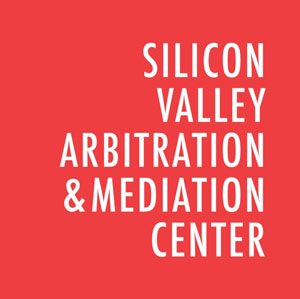New Amendments to the Federal Rules of Civil Procedure Offer New Tools to the Decision Makers’ Skill Sets and Tool Boxes.
At last, Justice Roberts has sent to the Speaker of the House the Proposed Amendments to the Federal Rules of Civil Procedure (FRCP). The Proposed Amendments were adopted by the Supreme Court of the US and are scheduled to become effective December l, 2015 assuming Congress takes no further action on them.
The Proposed Amendments (Amendments) are largely focused on electronic stored information (ESI) and discovery related thereto.
ESI and e-discovery have troubled the bar and the courts since they first crept into commercial business and litigation practice. Although then a junior lawyer, I was deeply involved at the onset, working on the forerunner of Lexus Nexus at the Health Law Center of the University of Pittsburgh. I had responsibilities and challenges way beyond what would be possible now as nobody could then foresee the profound impact of the technology on dispute resolution.
Some great strides have been made since those pioneer days, but more recently the courts and arbitration providers, pundits and practitioners have been struggling to find useful guidelines to manage what I call the 800 pound gorilla in dispute resolution – e-discovery.
The effort to improve matters has taken at least four years of research and debate. Fortunately there has been input from vast numbers of stakeholders and reviewers. The resulting Amendments bring light, air and some reasoned rules to the morass of ESI and dispute resolution.
Principal issues that were more or less addressed by prior findings and awards, included: what ESI should be preserved in anticipation of a litigation hold, how could that ESI be disclosed and searched by the parties; what, if any sanctions should be applied for non or partial compliance with Orders and if so for what type and severity of behavior. Unhappily, no clear answers evolved and inconsistency and confusion was rampant.
Meanwhile, back at the party’s headquarters, numbers of business functionaries were trying to cope with the perceived needs of the tribunal and front line counsel were wrangling over production questions and search strategies. Not a functional picture for the 21st century and the state of the art technology!
Key Amendments
Now, we have some true guidance for parties and counsel with teeth where necessary and latitude where appropriate as to what to produce. These are set forth in common sense categories and with clear rules as to when and what sanctions are applicable for noncompliance. There are moreover, requirements on the Judiciary for hands on administration and resolution of issues before them. The complete text of the Amendments forwarded to the Congress by Justice Roberts is found at www.supremecourt.gov/orders/courtorders/frcv15_5h25_pdf.
Please take particular note of Amendments to Rules 26, 34 and 37. Read the commentary to the changes to the Rules, included in the Packet and also the Amended time schedule for the process that sets forth the requirement for what Arbitrators call a preliminary hearing to scope out for all hands the metes and bounds of the discovery plan.
I think you will like the results of the revisions and if you are an Arbitrator, you will not need to wait until December to employ them now in your cases.
Best wishes,
Susan H. Nycum.
